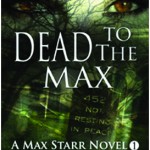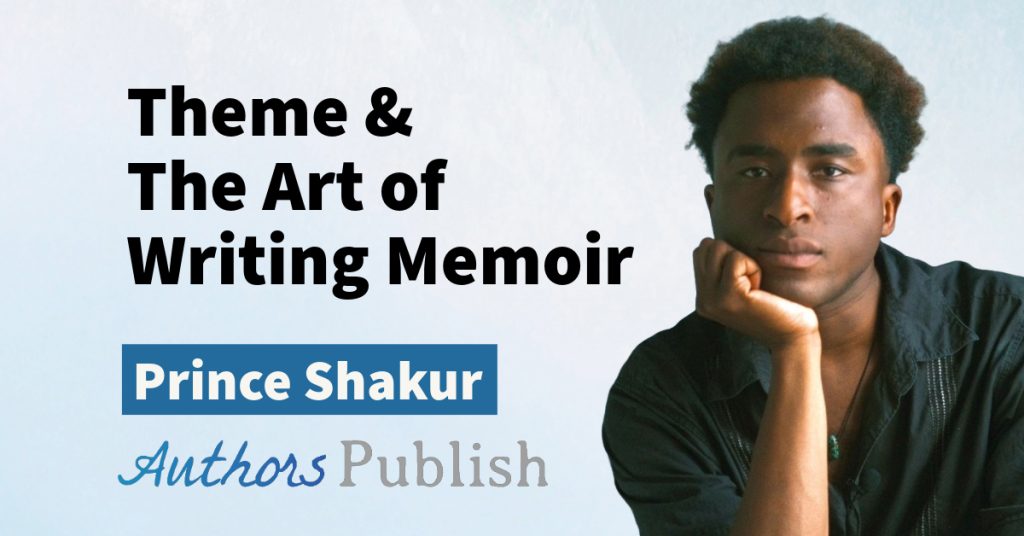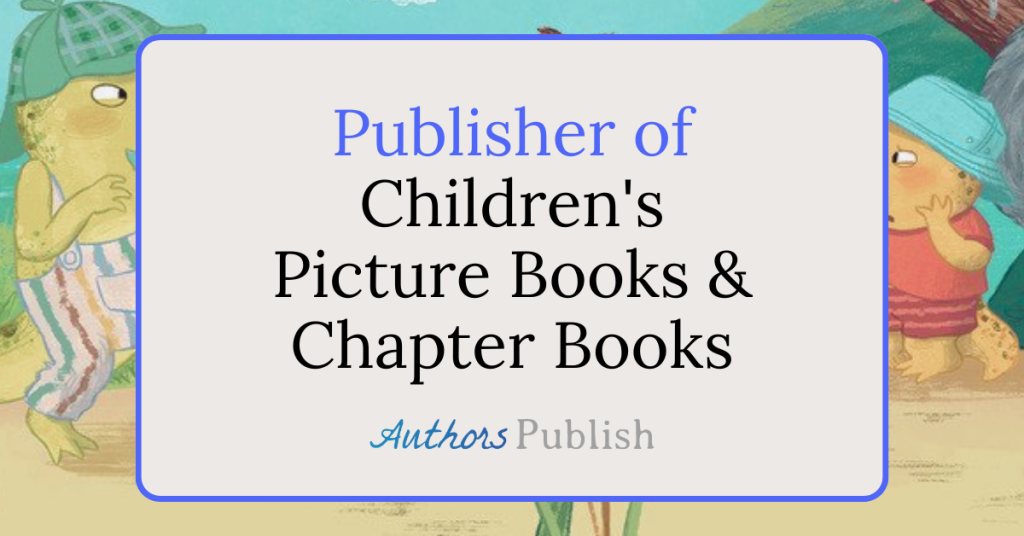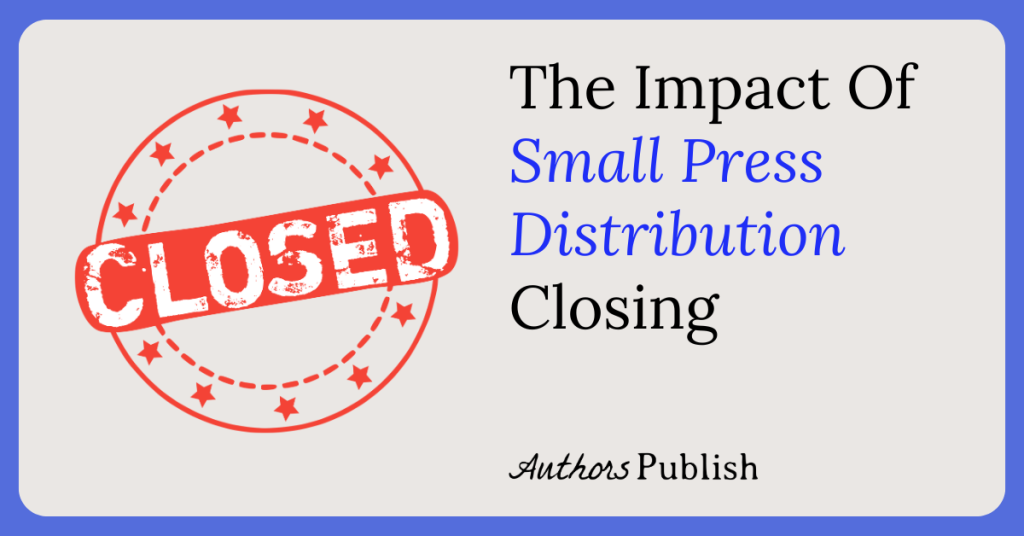You know those designer beds in department stores all decked out with multi-layered sheets, patterned duvets, and heaps of pillows – don’t you want to just dive in and snuggle down? It’s the same way with books. What makes readers want to dive under the covers with you is a visual promise, an enticement that only the right design will bring about.
Graphic designer Rae Monet reveals all the dirty little secrets about design usually kept under the covers, “You wouldn’t show up for a job interview looking like a slob; same goes for your book. You want to give it the best chance it has to make a first impression by dressing it up with a professional cover.” First impressions are lasting and difficult to break. So how do you know when your cover is being done right?
Rae explains that with less than 10 seconds to capture a buyer’s attention, designers need to consider genre, story/imagery, color, and composition. “You need to give the reader an overall snapshot of what your book is about, in the blink of an eye.” It’s a delicate balance between standing out from the crowd, the other books in your genre, and mis-marketing your work. There’s a reason one of the most common pieces of advice is to go to a book store, virtual or physical, and look at your section – books won’t lie to you but a cheap designer might.
If your genre dictates the style of your cover then there must be a formula all designers use, right? No. In fact, Rae stresses that the artistic process is highly organic and just like any other work of art; it will feel different in the hands of different designers. Color is intrinsically linked to our understanding of the world and will encourage a reader to feel a certain way depending on which images are paired with a particular color. Black and white with a splash of red can be just as powerful as full-color 3D layered scheme. It all comes back to the author and her story.
If you’re not sure what you want your cover to look like, good designers know the right questions to ask. However, we all want to be prepared ahead of time even if we’re uncertain. So ask yourself these questions to help with fore-play: Why did I give my book this name? What exactly does my hero/heroine look like (get right down to whether the curtains match the drapes, and body piercings or tattoos)? Where are the main locales in the story? Are there any special objects that play a role in the book? Are there any animals that are of importance, that recur? What don’t you want on the cover? Being ready with the answers to these questions, and others more genre related, will help your designer give your book the climax it needs.
Working directly with an artist is worth that little bit extra from your pocket book. A professional knows the market and can help you perfect your vision. That being said, Indie authors often operate on a tight budget. What you may not know is that most designers offer a reasonable price range. Big Business wants consumers to buy their product, but beware of pre-packaged deals that offer you an e-book cover for 30 or even 50 dollars. Others will try to sweeten the deal by letting you choose your image and the color of your font with two-tiered pricing. If this suits your needs, then great – but know that many professional, independent graphic designers will give you more for the same money.
“What you need to know is that pricing varies depending on the complexity of the cover and the talent of the artist.” Rae says. She highlights that a reasonable, quality e-book cover can cost anywhere from $125-$525 (add $75 for print covers). This takes into consideration how many images are used on the cover, the number of drafts done, and whether an illustrator needs to be brought in to do detail work. The additional costs creep in when you need to make your cover into a flat: a design based on a particular template requirement requested by distributors such as CreateSpace or Lightning Source to allow for the purchase of a Print on Demand version of your book.
Lastly, Rae provides a check list for what to consider when hiring a cover artist:
- Look at the portfolio of the cover designer to see if you connect with their style – this is important!
- Make sure they have typography skills (the art of arranging fonts/type/script), meaning they can successfully use fonts to make your name and title stand out even at a smaller size, and it is readable. Nothing ruins a cover more than bad typography.
- Check their pricing to ensure it’s in your range. Don’t be afraid to ask for details on their pricing structure: such as how many images they will use, and how many drafts they are willing to do.
- Check their response time to your query. If they take too long to respond, making a cover could take even longer than you want. Make sure you find out their timeline for making the cover.
- Don’t be afraid to ask for references or send an e-mail to an author in their portfolio to ask about their experience with the designer.
- Allow your artist some creative license. Don’t give them so many details that you tie their hands. Designing is their business, not yours, that’s why you’re hiring them.
A few parting words of advice from Rae, “After all the input is taken, ultimately there has to be some trust between you and the designers. It is their job to make your book cover look its best. You, as an author, have to then try to be objective to the creative muse the artist will work with.”
Just remember, don’t get into bed with someone who won’t satisfy you. The cover of your book speaks volumes about what’s on the inside.
M.J. Moores began her career as a high school English teacher with a passion for creative writing. Recently, she left the teaching profession to work as a freelance writer as she prepares her science fiction novel for publishing. Unimpressed with the lack of straightforward, simple (and free) resources available to new and emerging writers, she started her own online editing company and writers’ blog (Infinite Pathways) to help her fellow compatriots. M.J. is the author of Publicizing Yourself: A Beginners Guide to Author Marketing available through Smashwords. Visit her website at: http://infinite-pathways.org










